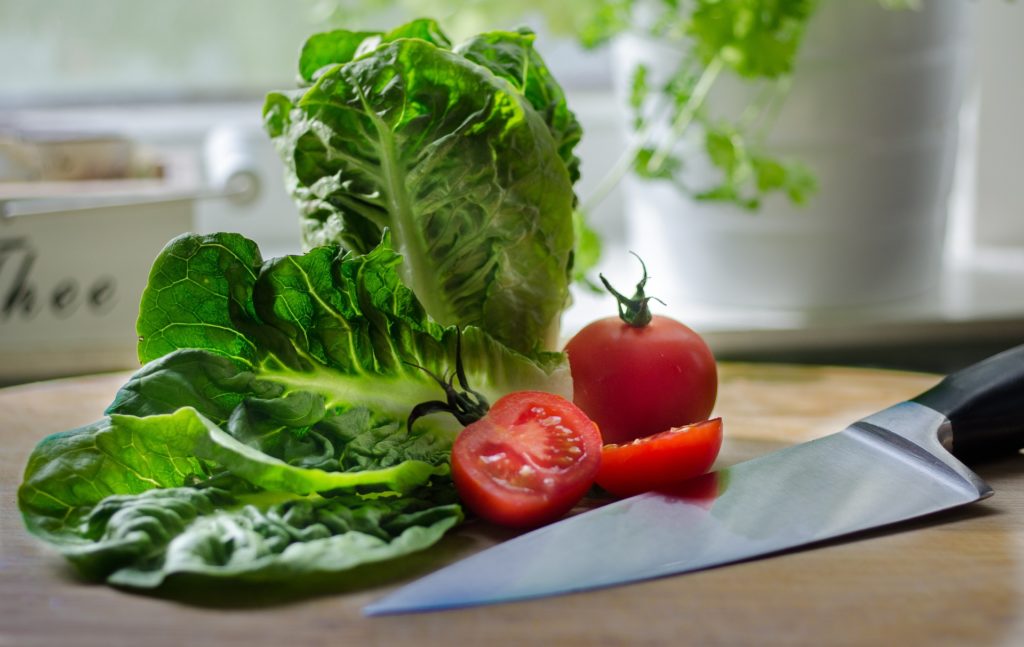All fields are required
Posted in E. coli,Outbreaks & Recalls on May 30, 2020

Coming under fire in the past few years have been E. coli outbreaks and where they originated. Officials have been trying to get to the bottom of these outbreaks, sometimes with little information at the end. How this keeps happening is a valid question because if we understand how and where this bacteria gets into our food, we can better battle it. The end result would be freedom to eat produce without the fear of contracting bacteria that can make you sick or worse. And then we hear about E. coli in Plants?
Science has come a long way in an effort to figure out how harmful pathogens could possibly enter plant based foods we eat. There is still a lot of research that needs to be done but there are a few things we do know. I wanted to take some time and have us discuss how certain pathogens get into plants, other ways this could happen, and what we as consumers can do about it. Even though we are not the growers, there is plenty we can do to protect ourselves from ingesting dangerous bacteria.
As kids, we learned about how plants grow, ingest water and nutrients, and receive energy from the sun. I don’t want to rehash that here but it is important to have that base knowledge. If you’re like me and the years have erased some of these basic facts, start here.
Plants have a resiliency about them. On a microscopic level, they have the ability to not let certain organisms into their root system. I think this is amazing. By shutting out dangers, plants have a built-in defense system that is beneficial to us. During transpiration, the plant takes nutrients from the soil and turns it into food.
According to a study done at Purdue University, E. coli can live around the roots of produce for weeks. Because of the bacteria living longer than most it transfers into the edible part of the plant. These tricky bacteria can bypass the crop’s defenses. Through an interesting process, they were able to follow the bacteria through the plant and determined if the crop was harvested too early there is a great possibility of the bacteria continuing to live in the plant. This is one way E. coli is transferred to us through plants.
The second part of this equation is: how does E. coli get into the ground. This seems easy to understand (animals and fertilizer) but also not very easy to control. Bird droppings or deer walking through the crops are a natural part of life. E. coli lives in feces we know, and we know we cannot stop animals from roaming wherever. The same goes for fertilizer: it is a necessary part of crop growth yet E, coli can make an appearance.
Starting to get the idea of how frustrating this is to those working on preventing outbreaks?
I would be remiss if I didn’t mention the second most popular way E. coli can transfer from the ground to plants. This one doesn’t involve the roots, but humans. Unfortunately, due to the nature of larger crops, corners are cut. There is a specific time to harvest certain crops and if they are taken too early the fertilizer can still be in the plants. Improper washing and handling also contributes to E. coli making its way to our food.
If you’re unfortunate enough to contract E. coli, there are a few symptoms you need to be aware of. I have said this before but it bears repeating: many of the foodborne illnesses have similar symptoms. The only true way to know what illness you have is to seek medical help.
Here is a list of the most common symptoms:
Again, seeking medical help quickly is of utmost importance here. After testing, the doctor can tell you if what you are dealing with is E. coli and how to best keep from becoming worse.
If left undiagnosed, E. coli can infarct the kidneys (Hemolytic Uremic Syndrome) causing them to stop working which can often be fatal.
When it comes to E. coli already being in the foods we eat, there is little we can do. It is important to pay attention to outbreak information and stay away from those foods until an all-clear is given.
What we can do though, is be proactive in our homes with the food we prepare. These simple tips can be the difference between eating safe and getting sick:
Wash your hands. This is so simple a lot of us forget to wash our hands before we cook food, during preparation especially when raw meats are involved, and after touching each food item to prevent cross-contamination.
Wash all fruits and vegetables. Even if the packaging says it has already been washed, take the time to wash each and every one. This is not only for bacteria but pesticides.
Cook meats to the recommended temperatures. Follow this chart when cooking meats, making sure to use a meat thermometer. Correct cooking temperatures can kill any bacteria that could be growing on or in the meat.
E. coli is a resilient bacteria. Learning more and staying up-to-date on outbreaks needs to be a on the forefront of our minds. Pay attention to any of the above symptoms and seek medical attention as soon as possible. In my opinion, prevention needs to be the first thing we think about when preparing meals; the rest can come after.
In this dangerous time of foodborne illnesses, stay close to makefoodsafe.com for the latest information on outbreaks and food safety tips.
Stay safe.